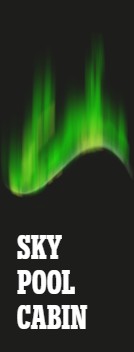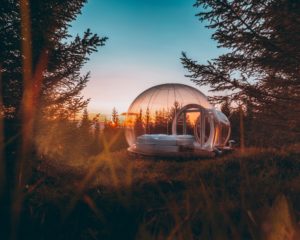What's happening with the Iceland volcano?
By Michael Chapman
Fagragdalsfjall volcano awakens from its slumber
What's happening with the Iceland volcano?
By Michael Chapman
Fagragdalsfjall volcano awakens from its slumber
Last Friday, a volcanic eruption began near Iceland’s capital city, Reykjavik, following weeks of earthquakes across the region.
Forever living up to its nickname, the Land of Ice and Fire, Iceland has again captured the world’s attention after the international media’s reporting on this latest eruption.
What is the Iceland volcano called?
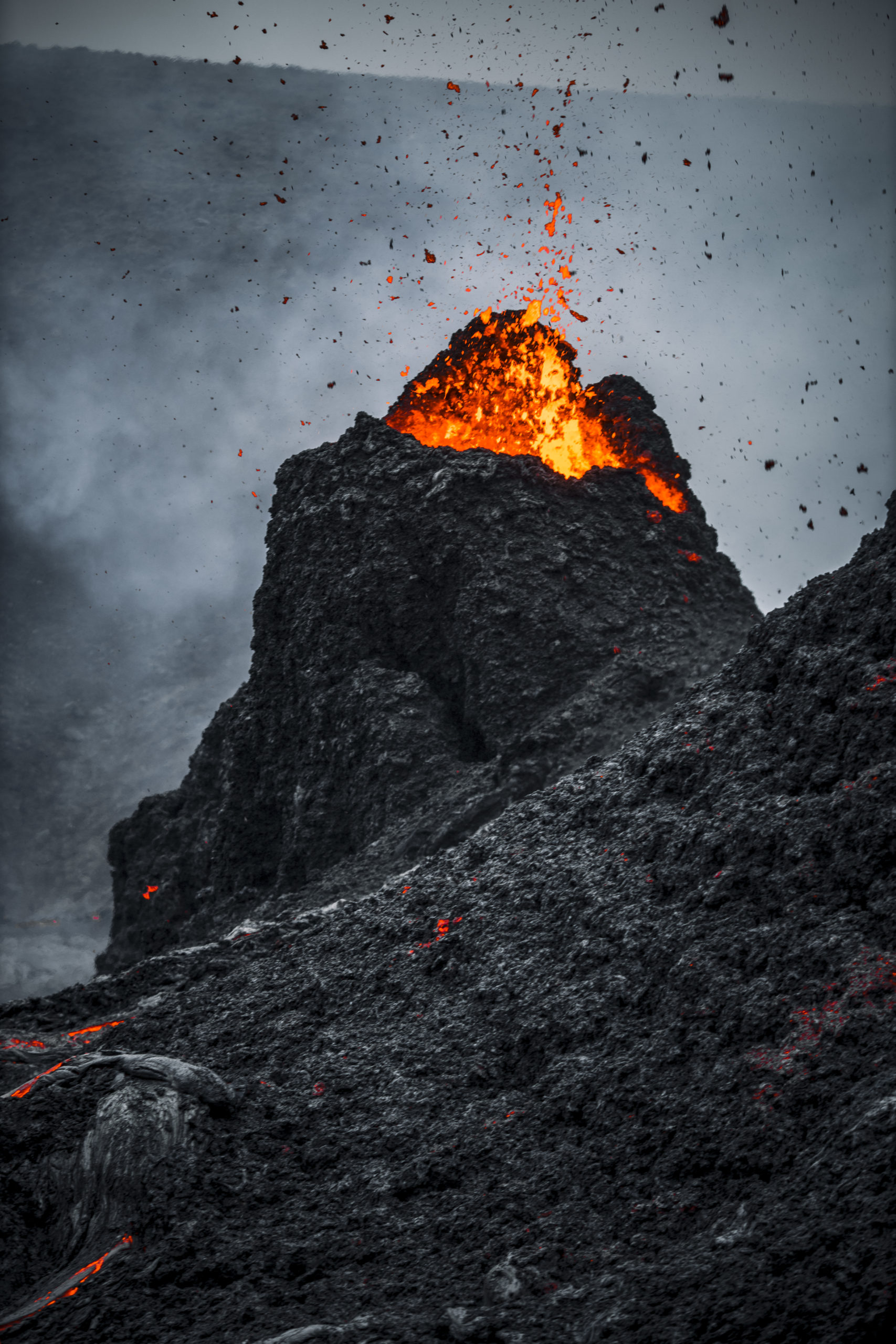
Approximately 20 miles to the city’s southwest, in Geldingardalur Valley, a 6000-year old volcano named Fagradalsfjall is currently underway spewing its molten guts over the surrounding area.
Fagradalsfjall is a tuya volcano, a type of mountain characterised by flat table-top summits and steep edges formed by lava pushing upwards through glacial ice.
The eruption is considered small by Icelandic standards; so small, there has been some debate as to whether to name the event or not. There is no knowing when the volcano will stop erupting, with some Icelandic geophysicists claiming the event could last many more months.
Despite its small stature, the volcano is powerful enough to shoot its fountain of molten lava over 300 feet into the air and has created a 1,640 foot-long fissure in the ground. For those on-site, a creeping, bright-orange lava flow is visible on the mountain, creating a stark colour contrast to the green hillsides around it.
PLAN YOUR JOURNEY
Travelling to Iceland?
Check our overnight tours with a driver guide that includes a one night stay in a bubble.
*Starting from ISK 59.900 per person
Is the Iceland volcano is dangerous?
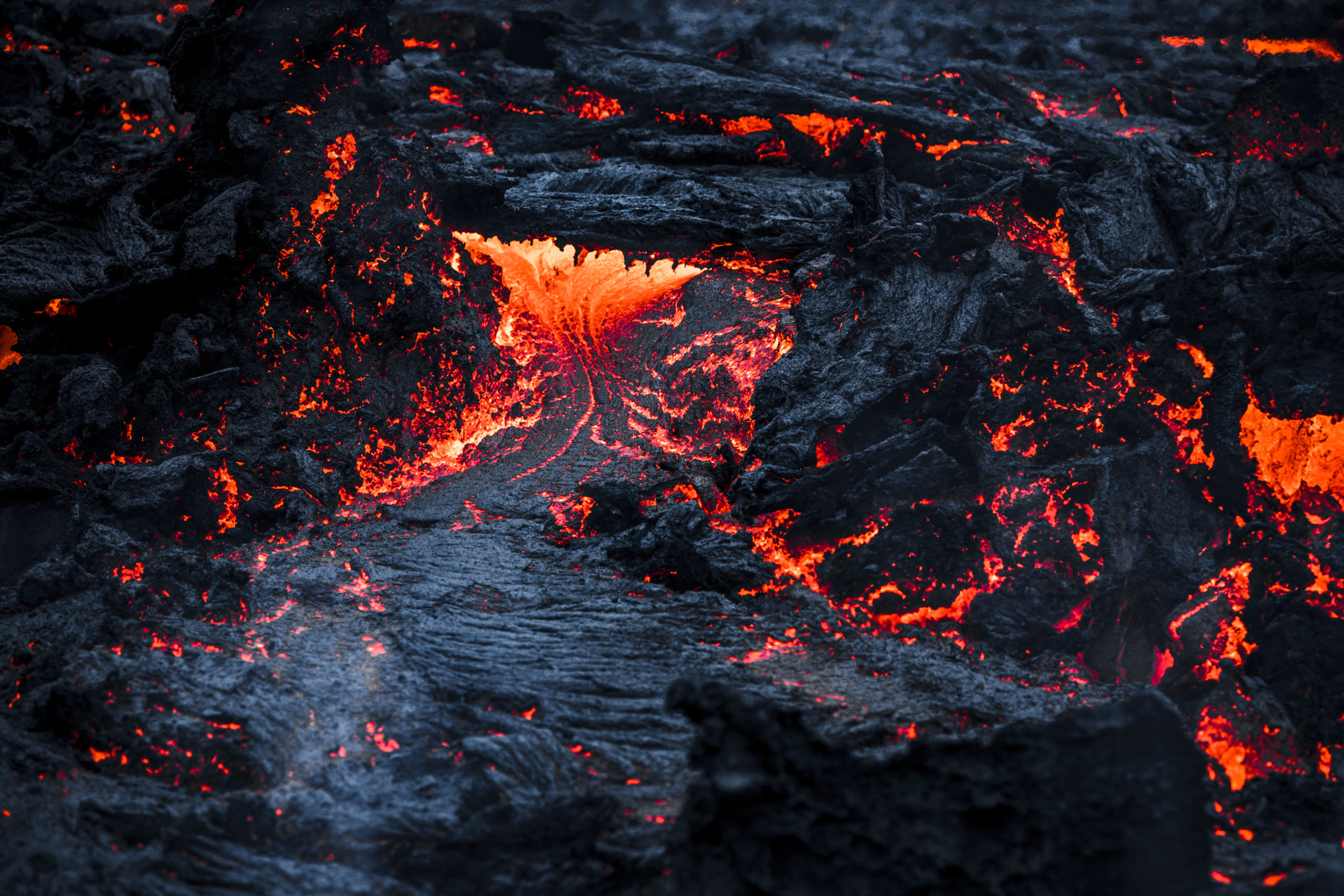
As one would expect, this is a visually-impressive natural spectacle, one that has drawn thousands of interested locals over the weekend who are all looking to witness the display for themselves.
Local officials have warned the Iceland volcano may still be in its early stages, citing the danger of more open fissures to come, thus have now restricted some travel to the site. Drones were also temporarily banned to allow scientists to take samples of the volcano undisturbed, though this has now been lifted.
Iceland’s Prime Minister, Katrín Jakobsdóttir, reiterated the risks on Twitter, writing, “We are monitoring the situation closely, and as of now it is not considered a threat to surrounding towns. We ask people to keep away from the immediate area and stay safe.”
Due to its location amid the dark rocky fields of Reykjanes, there is little danger of gas pollution reaching settled areas. However, the police have advised that people close their windows and stay outside for only short periods in case the winds should change direction.
One little Iceland volcano sure can cause a lot of trouble…
How has the eruption affected life in Iceland?
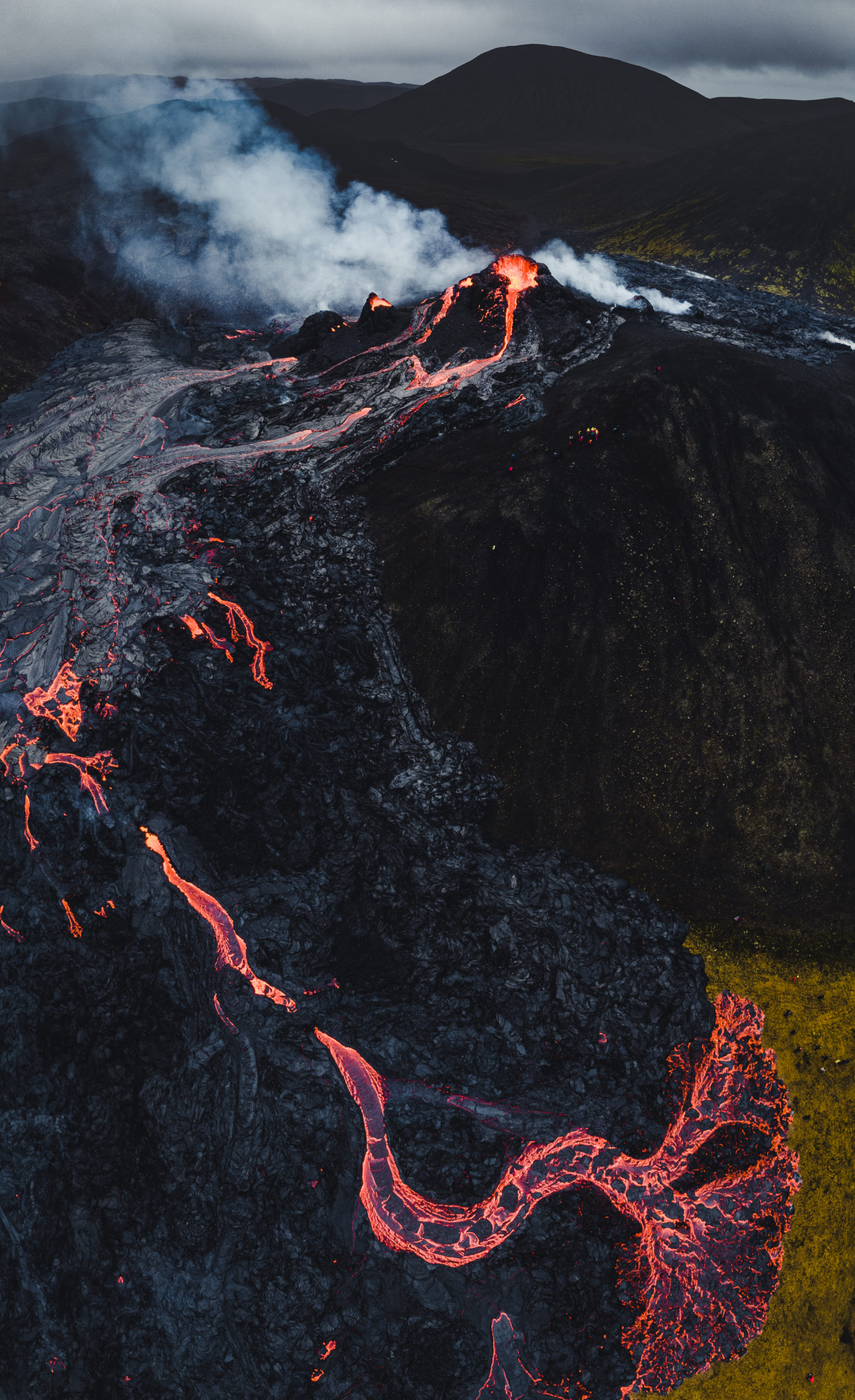
City residents have indeed noted an increase in helicopter traffic, many of which are solely flying sightseers over the lava. In contrast, other helicopters ferry members of the Coast Guard on official business, measuring and tracking the eruption’s development.
In a sense, it’s a little like the country has woken up after a long period of dormancy, alive with an unexpected jolt of energy and excitement.
Thankfully, this latest eruption is taking place in an uninhabited region of the country, so no evacuations have been necessary, nor is there any potential for structural damage. Funnily enough, Fagragdalsfjall is the first volcano to erupt in the Reykjanes Peninsula in over 700 years, making it far more accessible to onlookers than prior eruptions.
Residents of nearby settlements, such as those in the small fishing town of Grindavik, noted the sky turned blood-red upon the onset of the eruption, making for dramatic and valuable mementoes of the occasion.
Why does Iceland have volcanoes?
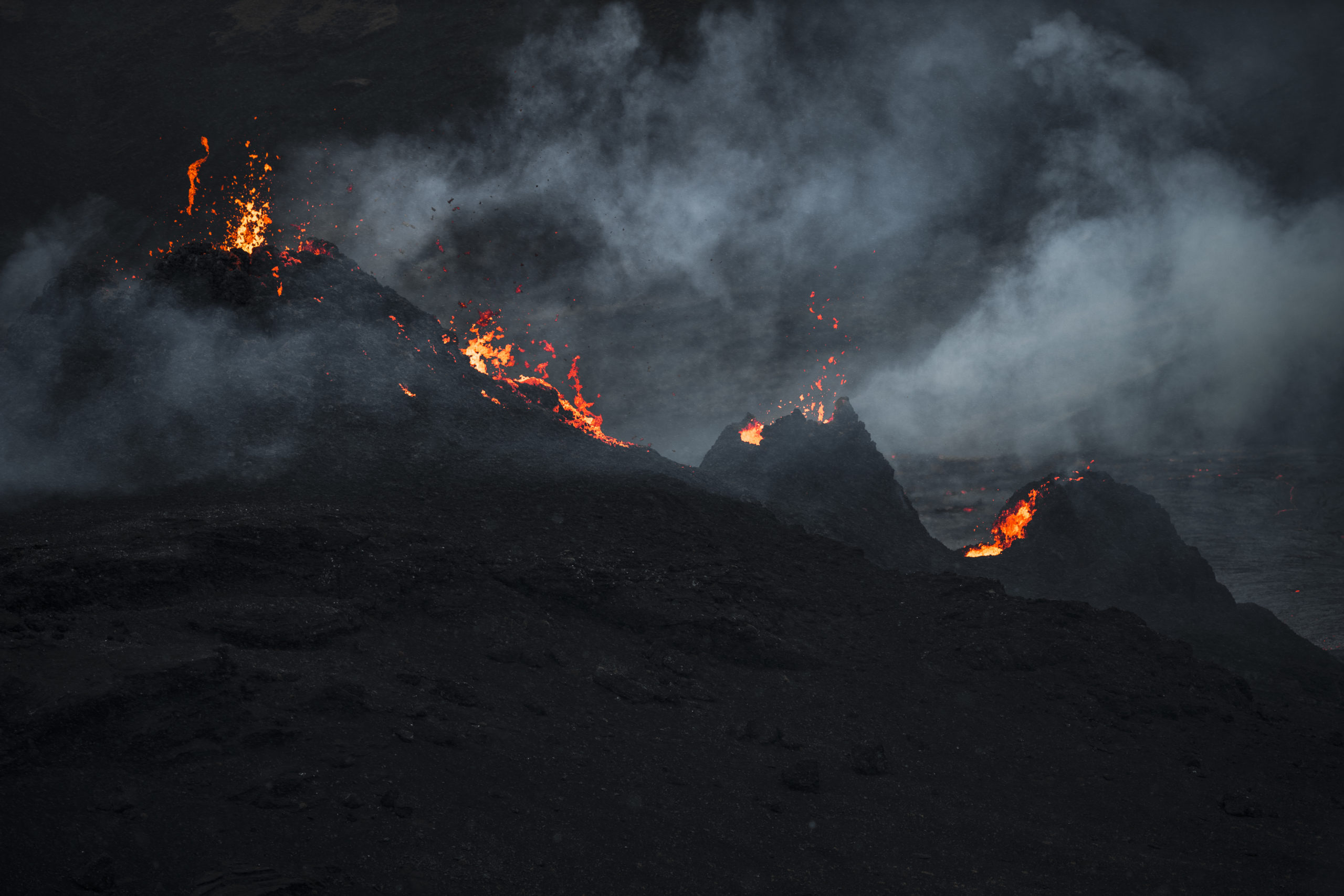
Volcanic eruptions in Iceland are nothing new, but in fact, a common phenomenon; a natural force still sculpting what is among the youngest geological countries on Earth.
At last count, the island has over 130 active volcanoes, all of which are remnants of a violent and fiery formation 60 million years ago. When speaking of the Iceland volcano for the purposes of this article, we are speaking of Fagragdalsfjall.
With Iceland having experienced numerous earthquakes over the last few weeks, many in the country were expecting a volcanic eruption. With that said, some scientists have confessed to having been taken by surprise given the earthquakes appeared to have been calming down.
Only a few weeks ago, officials revealed they believed the source of the earthquakes to be lava moving underground rather than tectonic plates pushing against one another. With the events currently unfurling on the Reykjanes Peninsula, it would appear their hypothesis has proved correct.
What other volcanic eruptions happened in Iceland?

Not all eruptions throughout Iceland’s history have been as safe or intriguing as the one currently occurring at Fagragdalsfjall.
For instance, the Laki eruptions of 1783 were devastating. In the years that followed, in a period known as the Móðuharðindin or “Mist Hardships”, over 25% of the local population succumbed to famine or noxious gases. The ash plume was so large it even altered the monsoon seasons of Asia and, arguably, was a contributing factor to the French Revolution.
In more recent times, Westman Islanders were forced to evacuate their homes on Heimaey on Eldfell volcano began erupting in 1973, and, of course, the infamously unpronounceable Eyjafjallajökull volcano made its voice heard after its gigantic ash cloud shut down European air travel back in 2011.
Nothing quite so dramatic will happen due to Fagragdalsfjall’s eruption. However, its timing is undoubtedly fortunate considering Iceland has only just now opened up its borders to travellers with a Covid-19 vaccination or certificate of antibody.
In many ways, the last few days focusing on the Iceland volcano are reminiscent of Eyjafjallajökull’s last eruption. This event almost single-handedly bred an intense interest among overseas visitors in this country and started what’s considered a golden age of tourism.
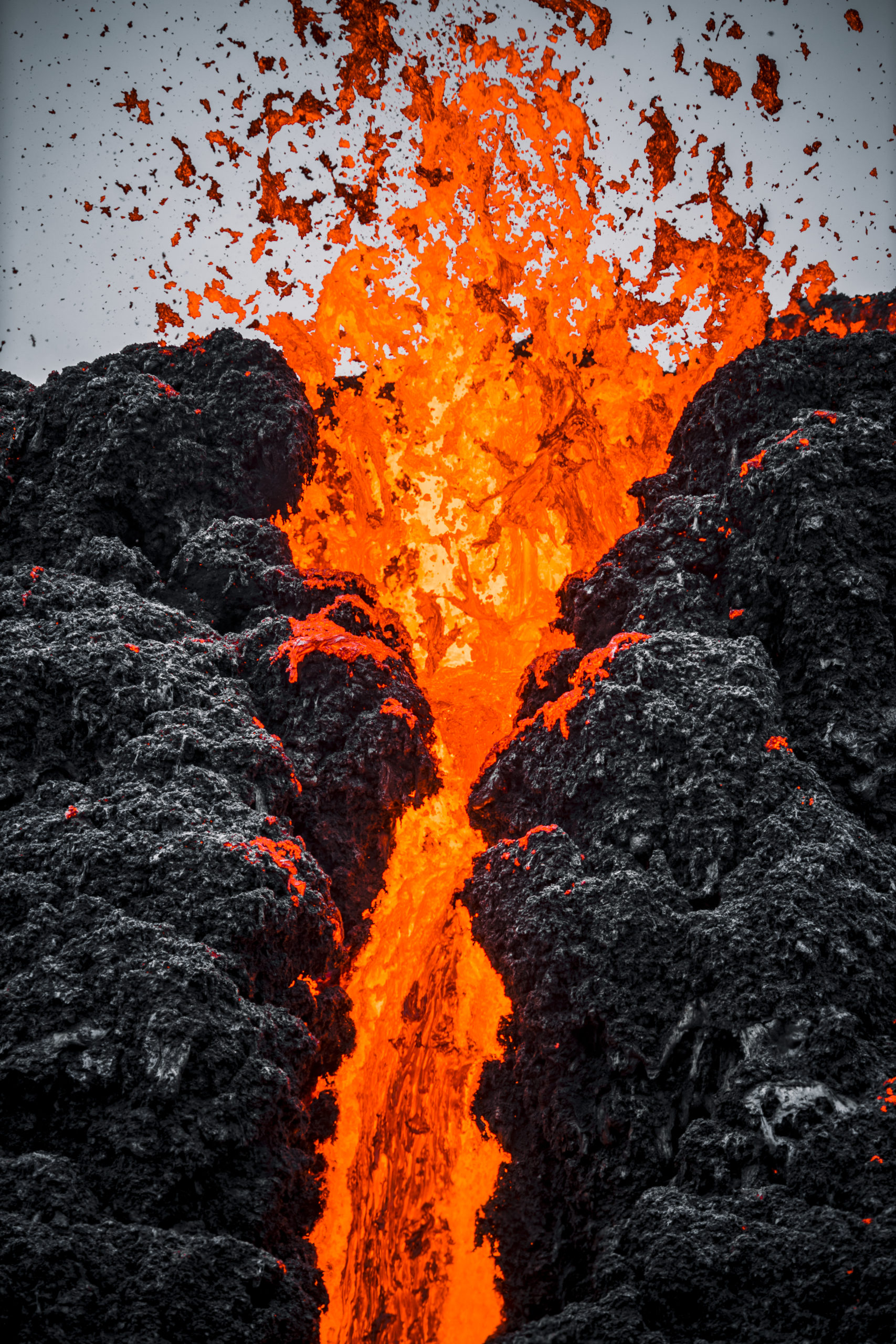
PLAN YOUR JOURNEY
Travelling to Iceland?
Check our overnight tours with a driver guide that includes a one night stay in a bubble.
*Starting from ISK 59.900 per person
